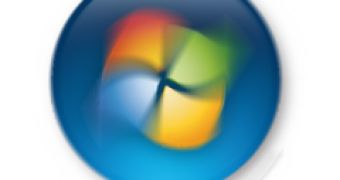Microsoft has officially conformed that the successor of Windows Vista is planned for availability in 2010 and that the product is being referred to internally as Windows Seven (7). Work is already under way on Windows Seven, but Microsoft revealed only scarce details of the development process and the final product, namely the fact that the upcoming Windows platform will continue to feature both 32-bit and 64-bit editions just as Windows Vista did. But one thing that is still not completely explained is why Microsoft has dumped the codenames associated with Windows operating systems in favor of numbers. And the answer to this is simple: Steven Sinofsky, Senior Vice President, Windows and Windows Live Engineering Group.
"Steven Sinofsky is the senior vice president for the Windows and Windows Live Engineering Group - the user experience of Microsoft Windows and Windows Live services. The group is responsible for the development of Windows Vista technologies, including user interface, device support, graphics and media as well as Microsoft Internet Explorer; the group delivers Windows Live services experiences, including Windows Live Hotmail, Windows Live Messenger, Windows Live Spaces and a rapidly growing list of user-centric Internet services, striving to build the most valued and trusted online community," Microsoft stated.
Sinofsky is at the head of the Windows project coming from the Office system. Windows Seven is not a codename; in Sinofsky's perspective it is simply a product number. Initially, the successor of Vista had Vienna as a codename. But that changed with Sinofsky. In order to better understand this you have to know that the "product number" for the Office 2007 System was Office 12, and the next release of Office will be number 14, jumping the unlucky 13, of course. "Sinofsky has held several positions on Microsoft product teams. Before his current position, he oversaw the development of the Microsoft Office system of programs, servers and services, responsible for the product development of the 2007 Microsoft Office system, Microsoft Office 2003, Microsoft Office XP, and Microsoft Office 2000," Microsoft added.

 14 DAY TRIAL //
14 DAY TRIAL //